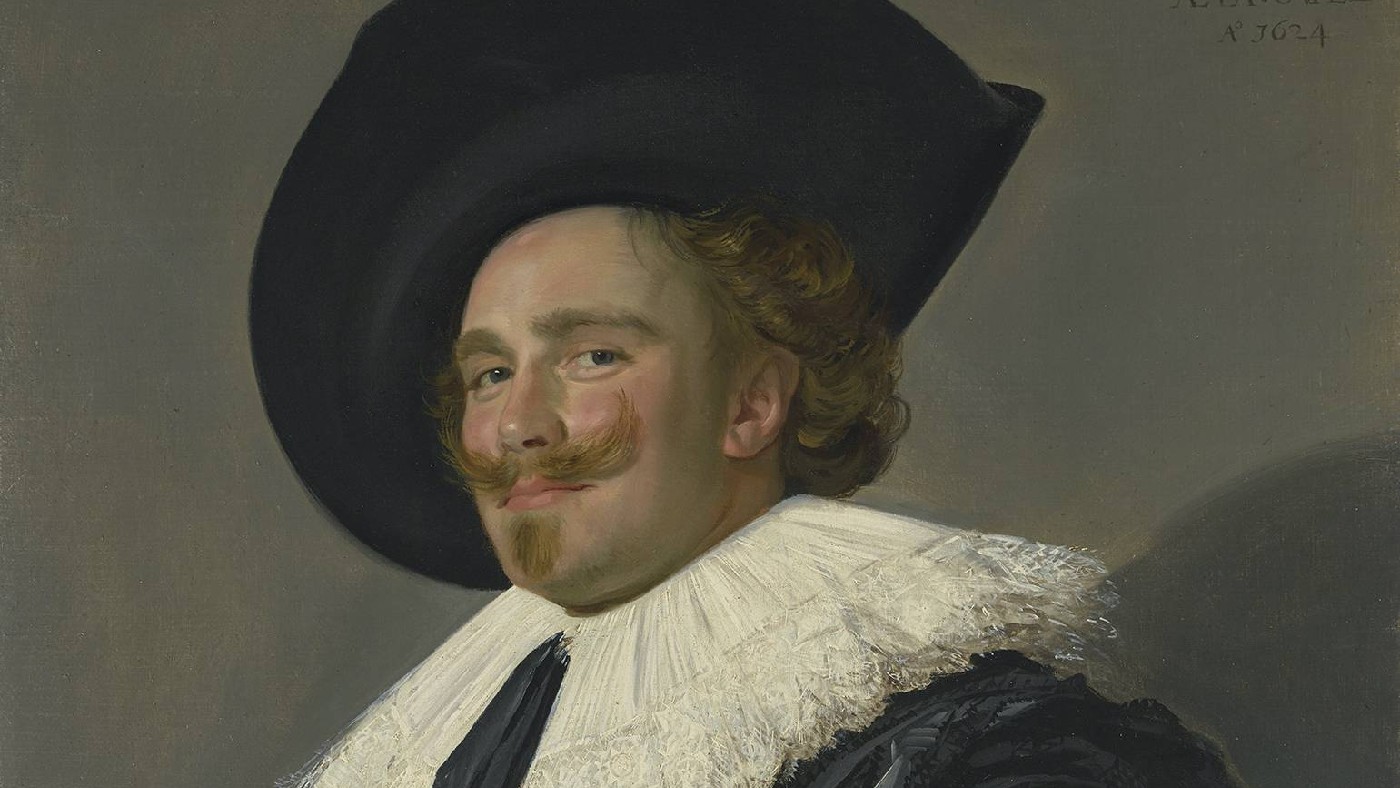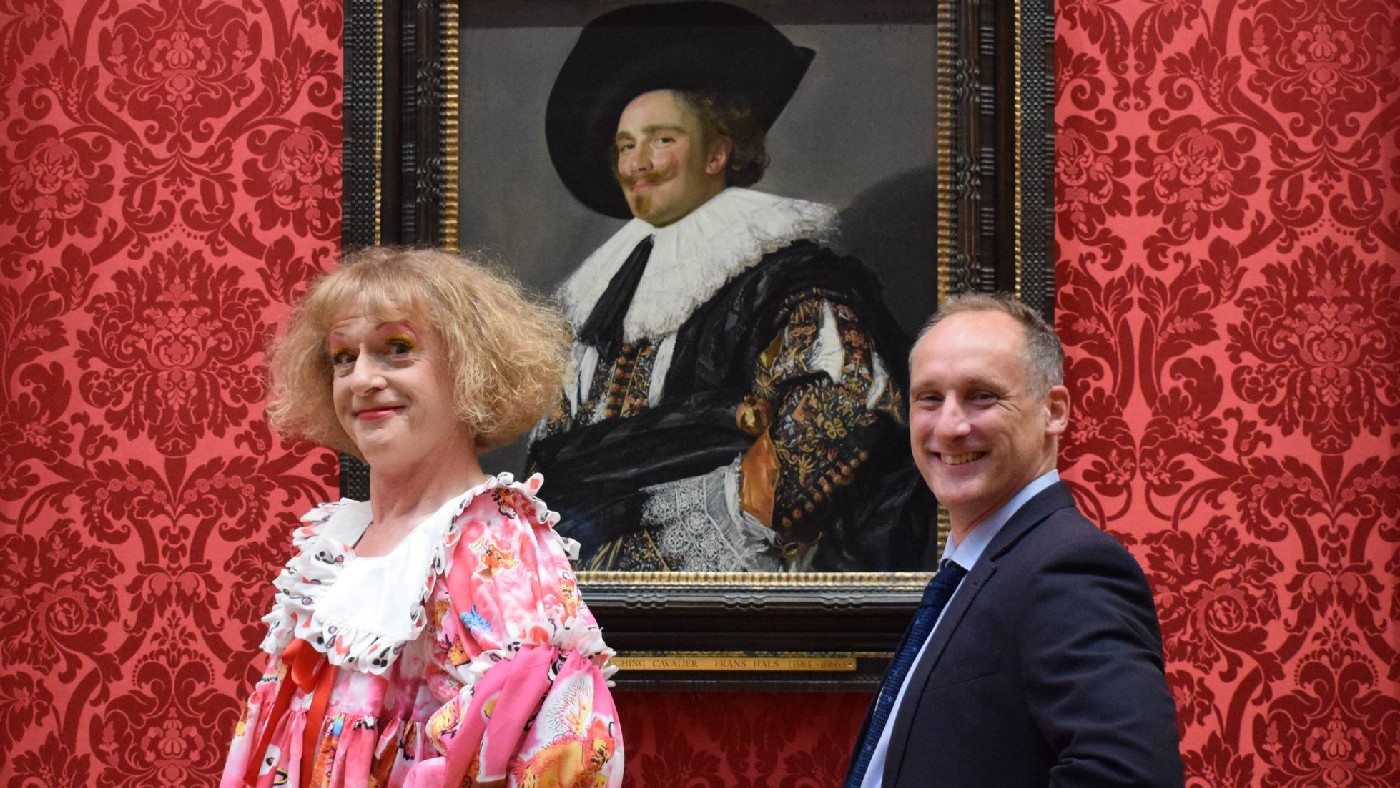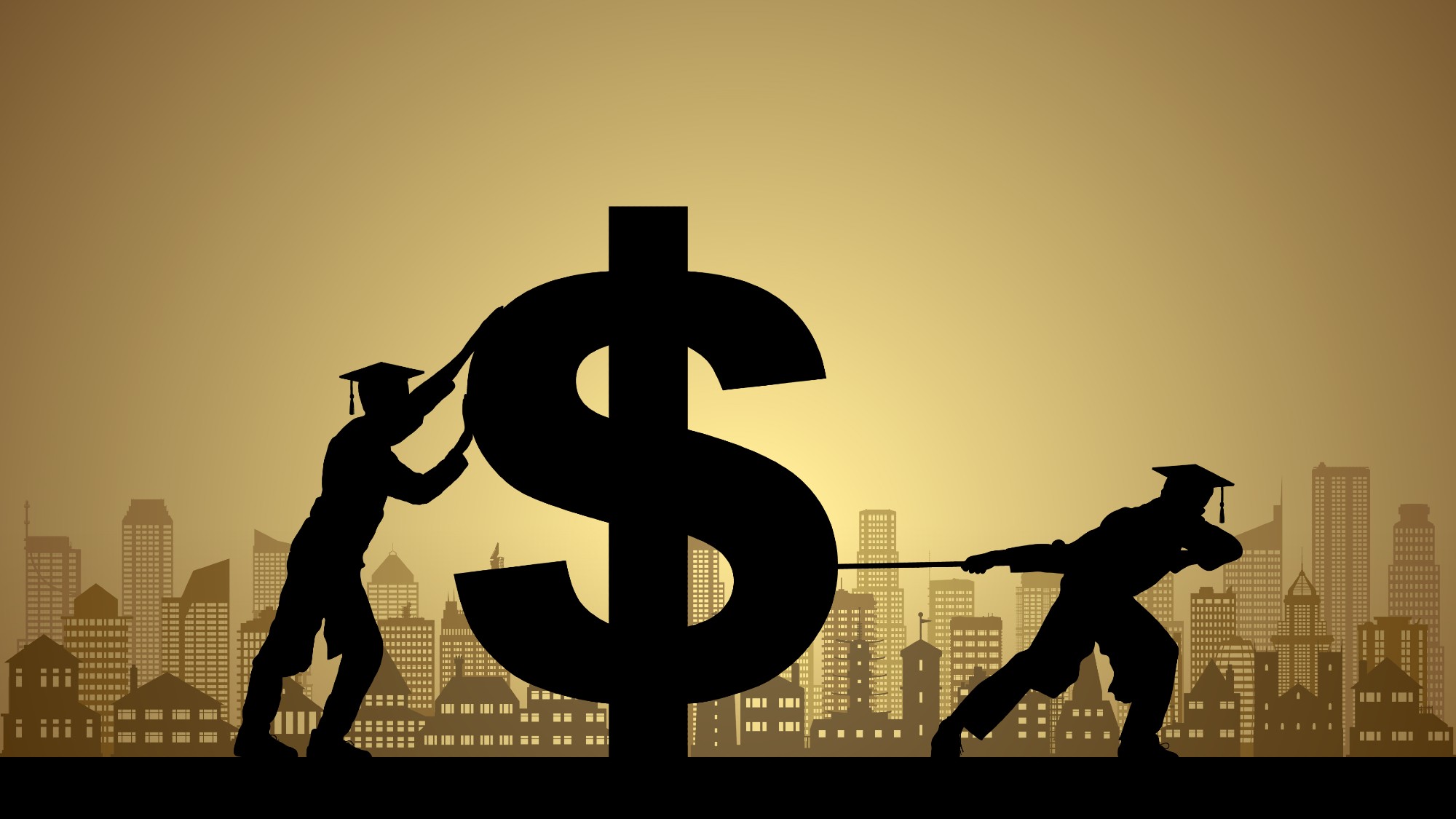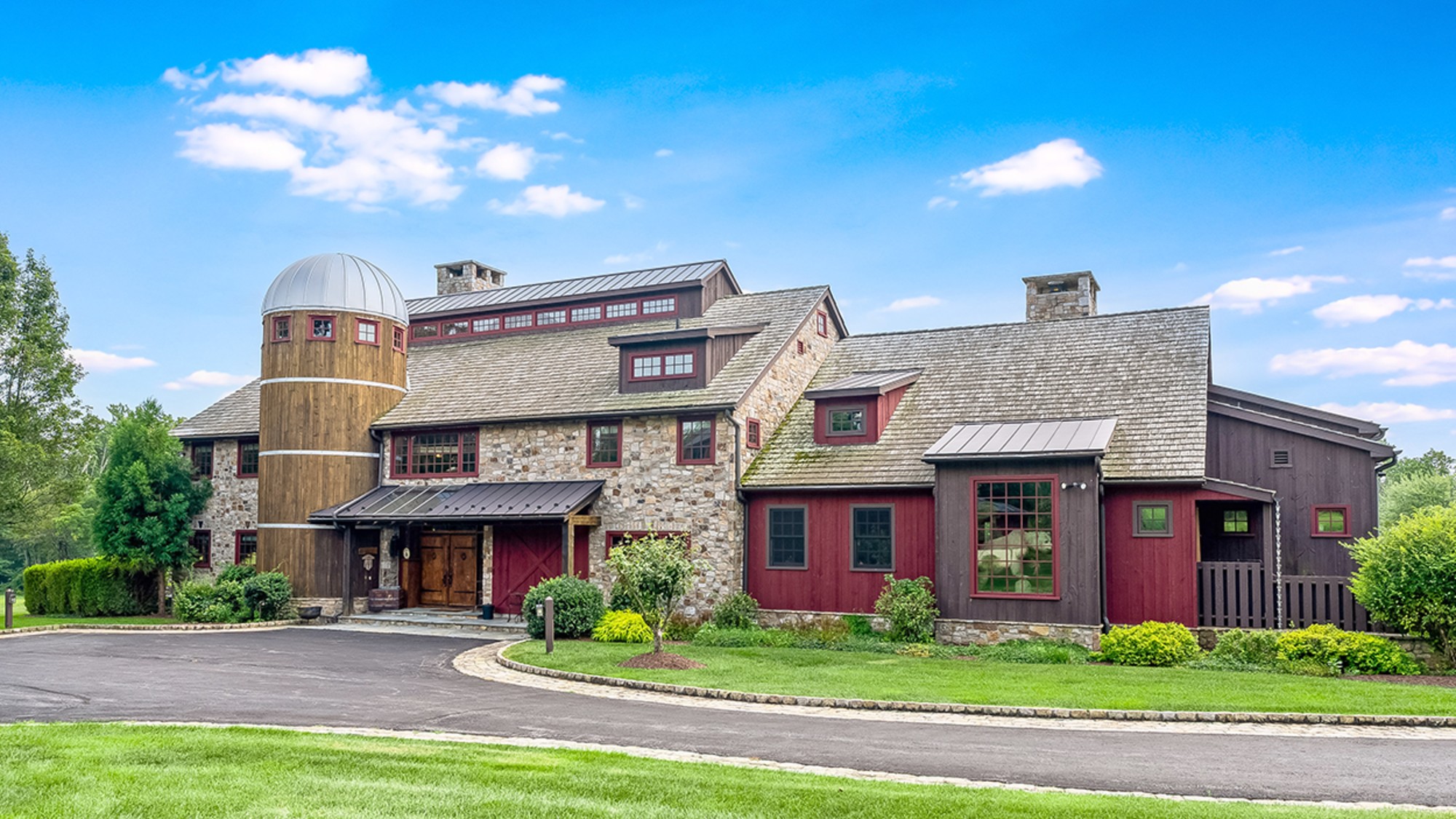Frans Hals: The Male Portrait - what the critics are saying
Is new Wallace Collection show simply ‘pale, stale and male’ or an ‘exhilarating’ testament to a ‘dazzlingly bold’ artist?

You’ve got to admire the gumption of the curators at London’s Wallace Collection, said Alastair Sooke in The Daily Telegraph. At a moment when “museums and galleries are obsessed with diversity”, they have opened a show that “couldn’t be more pale, stale or male if it tried”.
Frans Hals (c.1582-1666), was a Dutch Golden Age portraitist renowned for his likenesses of “rich and powerful men”, and best known for the Wallace’s “beloved” The Laughing Cavalier (1624) – that “primped and perfumed dandy”, with his “buoyant waxed moustache” and “smirking aura”.
Yet however unfashionable the artist’s subject matter may now seem, Hals was a true pioneer who “revolutionised” portraiture, depicting his sitters with “swashbuckling brushwork”, and giving them an “immediate, sparky and natural” quality previously unknown in European painting.
The Week
Escape your echo chamber. Get the facts behind the news, plus analysis from multiple perspectives.

Sign up for The Week's Free Newsletters
From our morning news briefing to a weekly Good News Newsletter, get the best of The Week delivered directly to your inbox.
From our morning news briefing to a weekly Good News Newsletter, get the best of The Week delivered directly to your inbox.
From his death until the 19th century, however, he was “baselessly written off as a feckless alcoholic” – chiefly on account of the “boisterous” poses struck by his sitters. It was only in the 19th century that he was rediscovered by the impressionists and their successors – van Gogh was a particular fan – who hailed him as “a harbinger of modern art”. As the show proves, they were quite right. Bringing together around a dozen portraits, this “exhilarating” exhibition is a magnificent testament to a “dazzlingly bold” artist.
“It’s like taking your place for dinner at a gentlemen's club,” said Rachel Campbell-Johnston in The Times. Hals spent almost his entire life in the Dutch city of Haarlem, where the prosperous local elites were composed of “burgomasters, minor noblemen and wealthier brewers and merchants”, many of whom sought his services as a portrait artist.
What’s astonishing is quite how unflattering so many of these extraordinary likenesses are: in Hals’s hands, the cloth merchant Tieleman Roosterman looks “unbearably arrogant”, his “puffy eyes” staring down at us past his “bulbous nose”. His 1660 portrait of an unknown man presents its subject as a ruddy-faced “dissolute”; you can “all but smell the sour wine on his hiccups”. Even the famous Laughing Cavalier has an air of smugness to him, his “self-confident come-hither gaze” radiating insincere charm.
The subject may not have changed, but Hals certainly developed as an artist. The show begins with Portrait of a Man, a work from 1610 that clearly “harks back to Holbein”, but it ends with that 1660 portrait, so “loosely and lusciously rendered that it looks forward to Manet”.
A free daily email with the biggest news stories of the day – and the best features from TheWeek.com

We encounter some “terrifically vivacious” characters in this “splendid” exhibition, said Melanie McDonagh in the London Evening Standard. Pieter van den Broecke, for instance, a Dutch East India Company admiral, is a “cheerful, weather-beaten” figure with “unkempt” hair. The curators provide fascinating biographical details: he participated in the slave trade but freed two women with whom he had a child each; he also introduced the coffee plant to Europe.
There’s a “remarkable range of expressions and types” on display here, said Waldemar Januszczak in The Sunday Times. Each portrait – the brewer with a beer belly, the merchant leaning over the back of a chair–feels “like a separate event”. It adds up to a “riveting” show.
Wallace Collection, London W1 (wallacecollection.org). Until 30 January 2022
-
 ‘Capitalism: A Global History’ by Sven Beckert and ‘American Canto’ by Olivia Nuzzi
‘Capitalism: A Global History’ by Sven Beckert and ‘American Canto’ by Olivia NuzziFeature A consummate history of capitalism and a memoir from the journalist who fell in love with RFK Jr.
-
 Who will the new limits on student loans affect?
Who will the new limits on student loans affect?The Explainer The Trump administration is imposing new limits for federal student loans starting on July 1, 2026
-
 Why does Susie Wiles have MAGA-land in a panic?
Why does Susie Wiles have MAGA-land in a panic?TODAY’S BIG QUESTION Trump’s all-powerful gatekeeper is at the center of a MAGA firestorm that could shift the trajectory of the administration
-
 ‘Capitalism: A Global History’ by Sven Beckert and ‘American Canto’ by Olivia Nuzzi
‘Capitalism: A Global History’ by Sven Beckert and ‘American Canto’ by Olivia NuzziFeature A consummate history of capitalism and a memoir from the journalist who fell in love with RFK Jr.
-
 Frank Gehry: the architect who made buildings flow like water
Frank Gehry: the architect who made buildings flow like waterFeature The revered building master died at the age of 96
-
 6 lovely barn homes
6 lovely barn homesFeature Featuring a New Jersey homestead on 63 acres and California property with a silo watchtower
-
 Film reviews: ‘Marty Supreme’ and ‘Is This Thing On?’
Film reviews: ‘Marty Supreme’ and ‘Is This Thing On?’Feature A born grifter chases his table tennis dreams and a dad turns to stand-up to fight off heartbreak
-
 Heavenly spectacle in the wilds of Canada
Heavenly spectacle in the wilds of CanadaThe Week Recommends ‘Mind-bending’ outpost for spotting animals – and the northern lights
-
 It Was Just an Accident: a ‘striking’ attack on the Iranian regime
It Was Just an Accident: a ‘striking’ attack on the Iranian regimeThe Week Recommends Jafar Panahi’s furious Palme d’Or-winning revenge thriller was made in secret
-
 Singin’ in the Rain: fun Christmas show is ‘pure bottled sunshine’
Singin’ in the Rain: fun Christmas show is ‘pure bottled sunshine’The Week Recommends Raz Shaw’s take on the classic musical is ‘gloriously cheering’
-
 Holbein: ‘a superb and groundbreaking biography’
Holbein: ‘a superb and groundbreaking biography’The Week Recommends Elizabeth Goldring’s ‘definitive account’ brings the German artist ‘vividly to life’